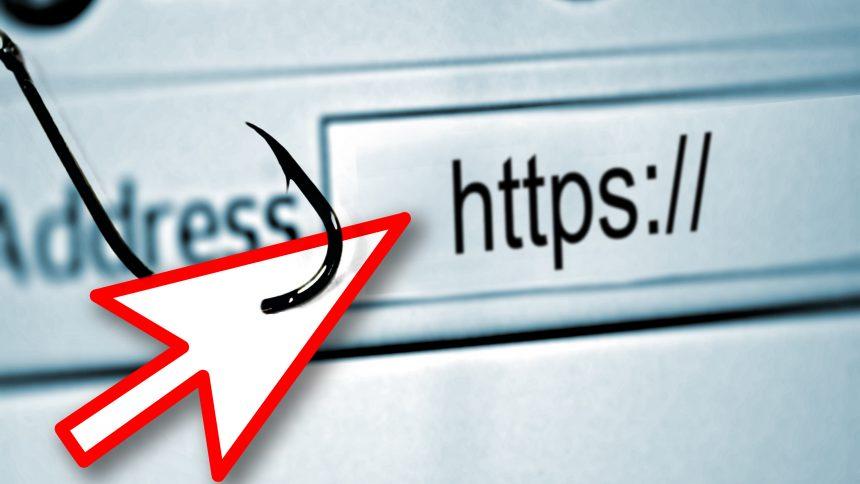In the ever-evolving landscape of cybersecurity threats, browser hijackers have emerged as a formidable adversary, and among them, the “Nature of the World” browser extension stands out as a particularly deceptive and insidious menace. This malicious extension operates under the guise of showcasing breathtaking natural landscapes but conceals its true nature as a browser hijacker. Users who fall prey to its seemingly benign appearance unwittingly expose themselves to a cascade of security risks, ranging from unauthorized alterations of browser settings to potential data exploitation. This article aims to dissect the intricacies of this cybersecurity threat, shedding light on its characteristics, actions, symptoms, and, most importantly, providing a comprehensive guide to its removal.
Understanding the Threat
The Nature of the World browser extension belongs to the category of rogue browser extensions, which are characterized by their malicious or deceptive nature. Once installed, these extensions execute a series of unauthorized actions, manipulating browser settings and redirecting users to counterfeit search engines. In the case of this specific threat, notw.natureoftheworldext.com becomes the new tab page, homepage, and default search engine, consistently leading users to Bing.com through a convoluted redirection process. The associated risks are not limited to inconvenience; the potential for data collection, exposure to unsafe websites, and susceptibility to malware and phishing scams make this threat a serious concern.
Symptoms and Manifestations
Detecting the presence of the Nature of the World browser extension requires a keen eye for subtle changes in browser behavior. Users may notice abrupt alterations in their default homepage, new tab page, and search engine settings without their explicit consent. Persistent redirections to notw.natureoftheworldext.com and subsequent routing to Bing.com may become commonplace during online activities. Additionally, the extension may introduce unwanted ads, compromising the user’s browsing experience and privacy. These symptoms collectively create an environment conducive to data exploitation and exposure to further cybersecurity risks.
Removal Guide
- Access Browser Extensions:
Begin by accessing the browser’s extension settings. In most browsers, this can be done by clicking on the menu icon (usually represented by three dots or lines) and selecting “Extensions” or a similar option. - Identify and Disable the Rogue Extension:
Look for the Nature of the World extension in the list of installed extensions. Once identified, disable and remove it. Ensure that no other suspicious or unfamiliar extensions are present. - Reset Browser Settings:
To eradicate any lingering effects, reset your browser settings to their default configuration. This can typically be done in the browser’s settings menu under the “Advanced” or “Privacy and Security” section. - Clear Browsing Data:
Remove any traces of the malicious extension by clearing your browser’s cache, cookies, and other browsing data. This step helps eliminate potential remnants that may persist even after extension removal. - Run Antivirus and Anti-Malware Scans:
Conduct a thorough antivirus and anti-malware scan on your system to ensure complete eradication of any potential threats associated with the Nature of the World browser extension.
Conclusion
In the face of evolving cybersecurity threats, users must remain vigilant to protect their digital environments. The Nature of the World browser extension exemplifies the stealth and cunning employed by rogue browser extensions. By understanding its characteristics, actions, and symptoms, users can take proactive measures to remove the threat and secure their online experience. Additionally, adopting safe browsing practices, regularly updating security software, and avoiding suspicious downloads can significantly reduce the risk of falling victim to similar infections in the future. Awareness and informed action are the keys to mitigating the impact of such cybersecurity threats and ensuring a secure digital landscape for users worldwide.




